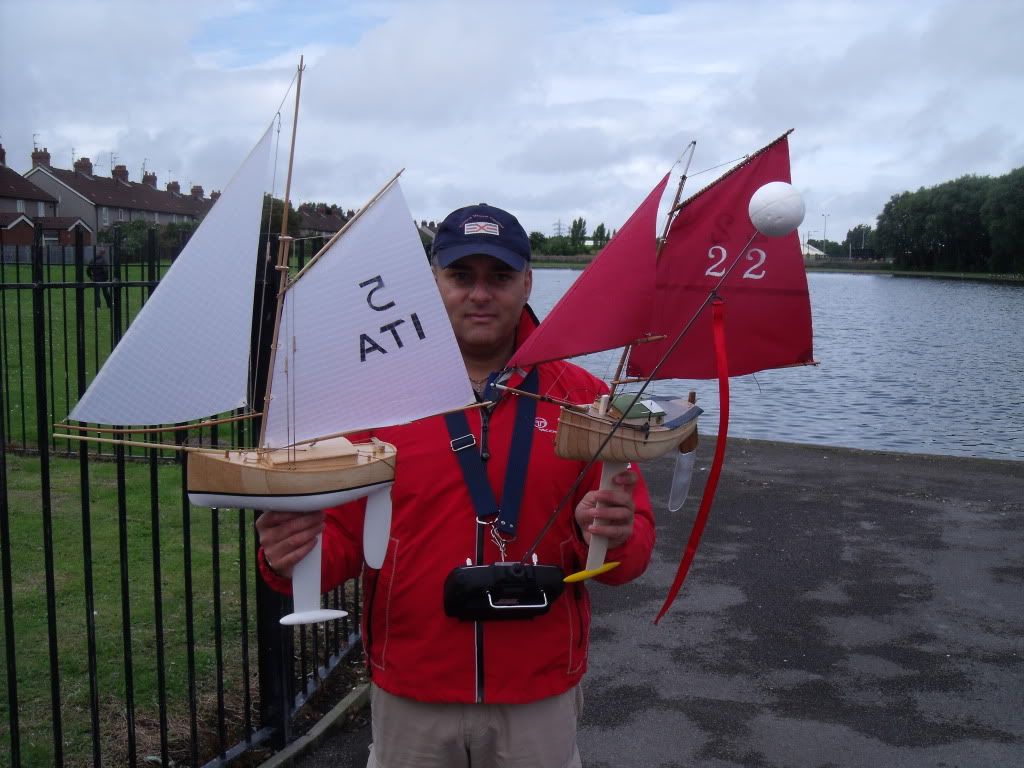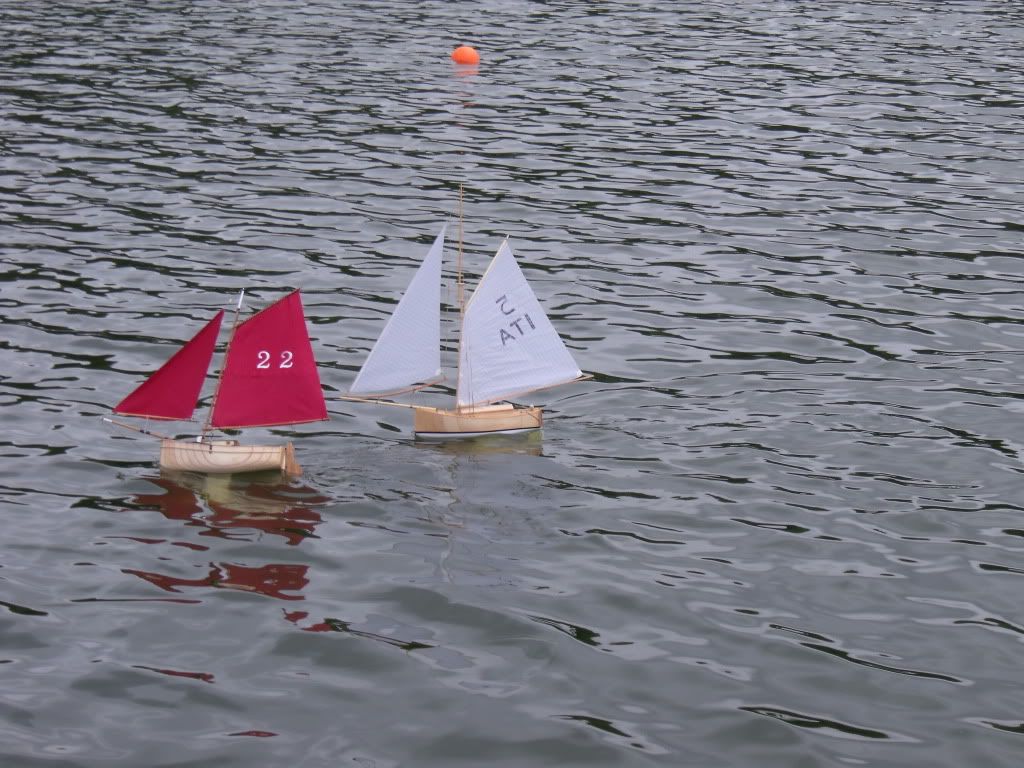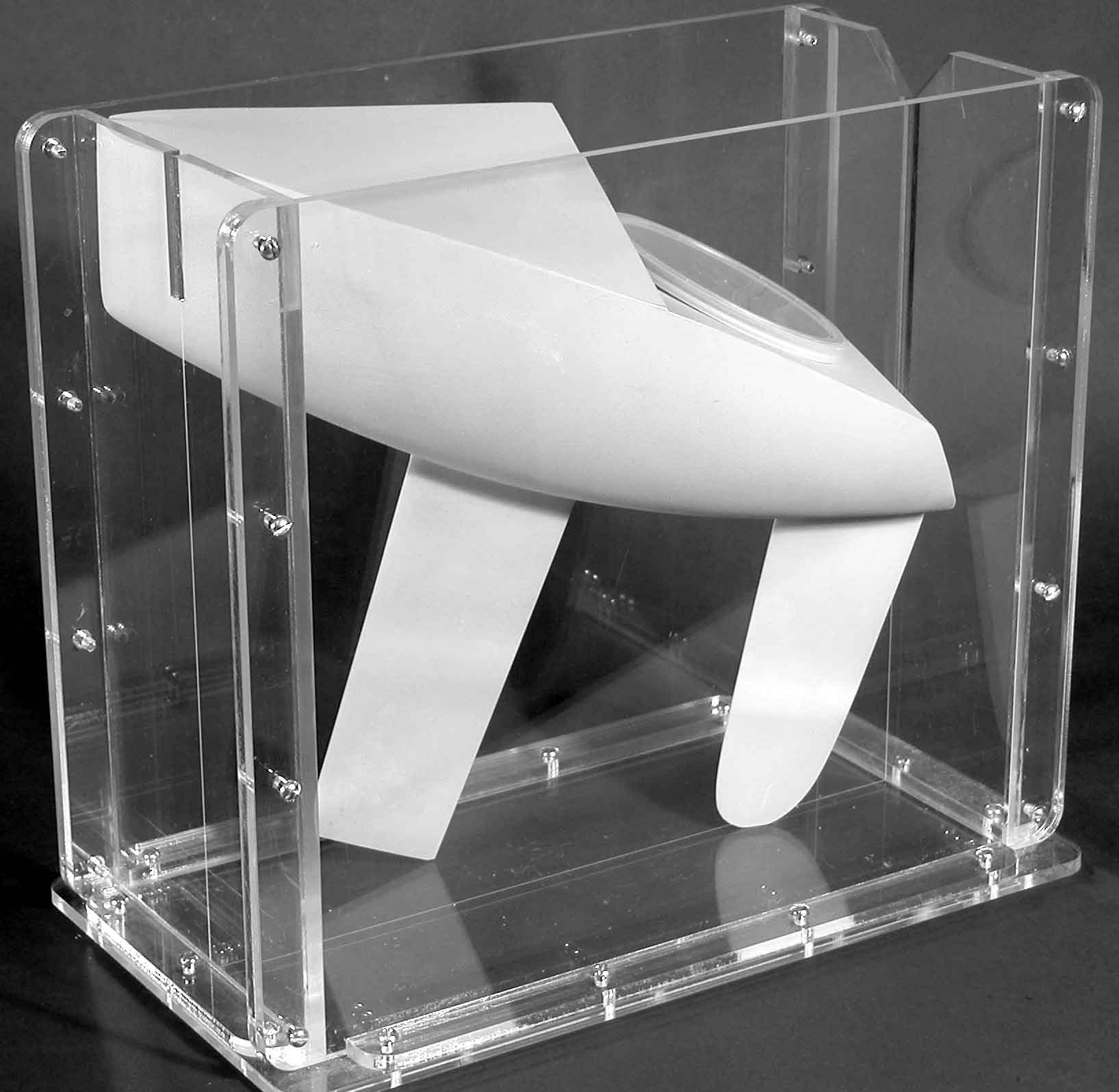Next christmas don’t ask your wife another pink tie : ask something better 
Within few days ( starting from 15 december ) thanks to an international joint effort ( Italy, USA and UK ) the world first footy book will be available.
Title of the book is " How to Build the Footy Model PRESTO" and I am, of course, the author.
Publisher is wooden boat books, distribution will be started by “The wooden boat store”, and - hopefully - in a not too far future this product should be also available at “normal” bookshops.
88 pages, softcover, 8.5"x11" ( 216 mm x 279 mm ) $ 19.95.
see her for more info
http://www.woodenboatstore.com/How-to-Build-the-Footy-Model-PRESTO/productinfo/325-151/
Book is made of three main parts : model hystory, plans (14 sheets ) , and building sequence ( approx 100 steps ).
There are about 150 photos, diagrams, drawings and diagrams.
Bill Hagerup ( also know on this forum as “mudhenk” ) has be so kindly to write a nice foreword - see below attached pdf - < many thanks Bill >.
The friends of WoodenBoat magazine a so enthusiast of our class activity to put my ITA-13 as “cover girl” of their Fall 2011 catalogue.
All considered, a nice achievement for our class !
Last but not least, this book has been dedicated to the memory of the great Angus Richardson “the ogre”
Flavio
Folletto ITA 150
plans only , and kit box package are also for sale




